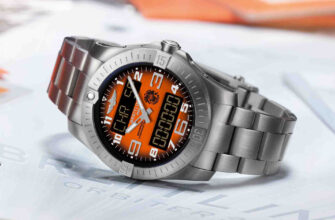A watchmaker is a peaceful profession, however, sometimes circumstances develop in such a way that watchmakers and watches become involved in dramatic events. We have collected 9 facts about watches that may well be called shocking. Such is the history of civilization: quite harmless at first glance things can shock.
1. Radium Girls
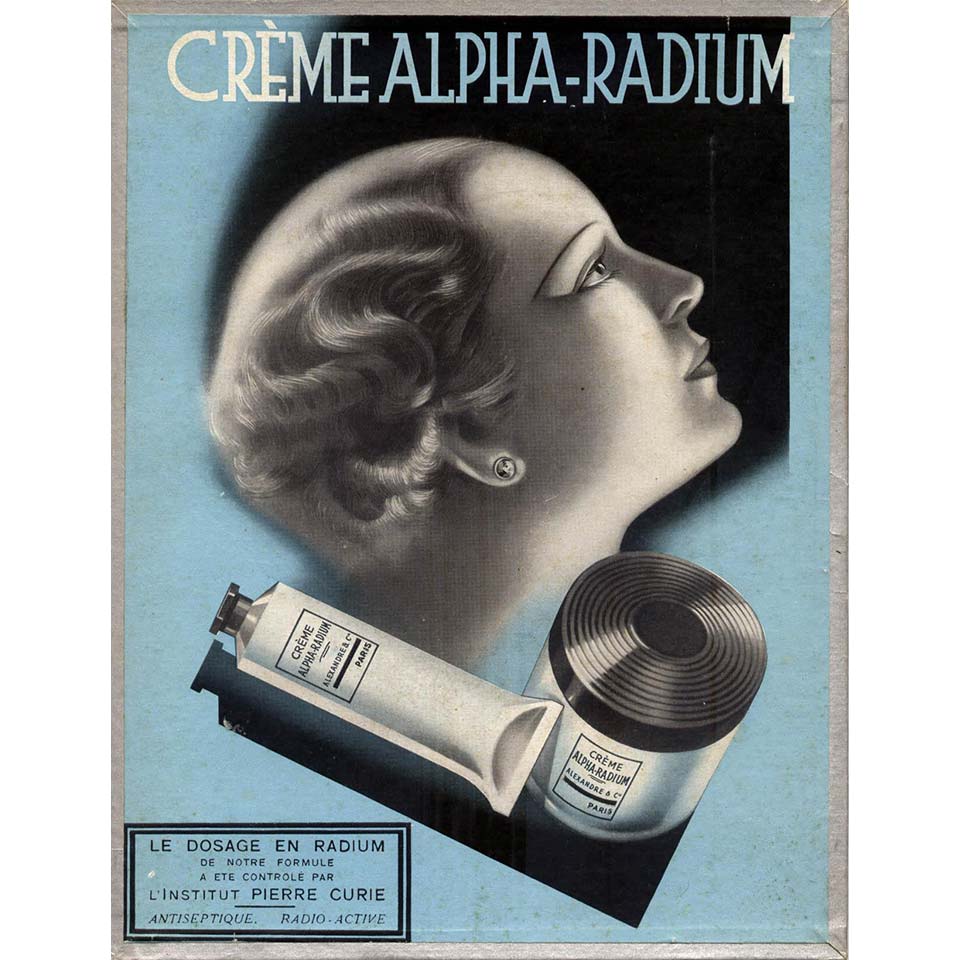
A textbook case, which is known not only to specialists, but also has special articles dedicated to it on Wikipedia. The discovery by French scientists Pierre and Marie Curie of the radioactive chemical element radium made it possible to obtain the first effective luminescent compounds in the history of technology in the early 20th century. Such phosphors proved to be very useful in watchmaking - for marking the hands and dials, which made it possible to use the watch in low light conditions and even in complete darkness.
At first, no one, including the discoverers, knew that radium had a negative effect on the human body. Therefore, sometimes radium-containing substances found the most unexpected applications: radium baths, luminous lipsticks and even products that made teeth glowing were advertised in the press.

It is not known how many rooms remain to this day, where traces of radium remain after undocumented use. Recall that the half-life of the most widespread isotope of radium is approximately 1600 years. So the accidental pollution of the times, it would seem, is ancient - more than a hundred years have passed, turns out to be quite “fresh”, not at all deactivated.
The radium phosphor preserved in antique watches, as a rule, does not have a strong negative effect, since their dial is protected by glass, and the mass of radioactive material is very small. However, it turned out that in the initial period of using radium phosphor, the process of applying it to dials and hands was organized in workshops specializing in this, without taking into account the danger of a radioactive substance.
This work, as a rule, was given to women who used thin brushes to draw luminescent elements - they were later called "radium girls". It is known that companies recommended correcting brushes with lips when drawing small details, while some amount of radioactive paint inevitably got inside the body.
It is also known that the workers of the enterprises themselves used a luminous substance in their makeup for fun. When the negative consequences of this practice were discovered among the workers, an investigation was carried out, and in 1928 a trial was held, which was widely covered in the press, according to its results, compensations and pensions were awarded to the “radium girls”. It is still not known for certain how many of them died from exposure to radium.
2. The clock that the guillotine prevented from using
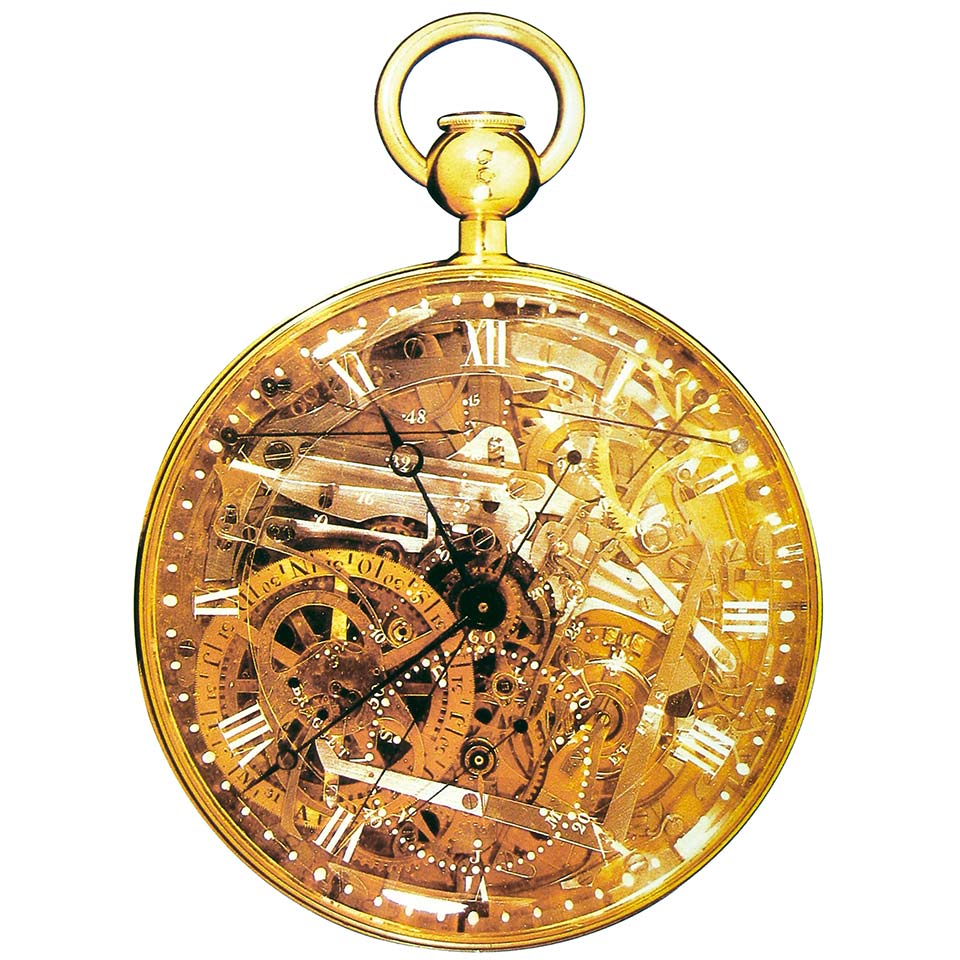
According to a legend actively promoted by Breguet, the "Marie Antoinette watch" is a highly complex pocket watch commissioned by Abraham-Louis Breguet, the brand's founder, from an unknown person acting on behalf of Marie Antoinette, Queen of France.
To this day, there is no documentary evidence of this fact, however, the very concept of a pocket watch with all the complications available at that time, that is, the most complex and therefore the most expensive pocket watch in the world, fully suggests the presence of a high-ranking customer. The order was received in 1783, Breguet set to work, however, the queen could not use the super watch, because in 1793 the new revolutionary authorities of France beheaded her on the guillotine.
Nevertheless, the master continued to work on the clock, while he did not have a chance to see them in finished form - he died in 1823. And only in 1827 this work was completed by the master's son, Louis-Antoine Breguet. Again, no evidence remains to show that at the time the company referred to these watches as "Marie Antoinette watches". On the contrary, they were known as "self-winding watches No. 160" - Montre Perpetuelle N.160.
The attribution linking the watch to the figure of the queen probably appeared as early as the 20th century, suggesting the story of David Salomons, the eminent Breguet watch collector, who stole #160 in 1917. According to his memoirs, he first saw this watch in the window of a jewelry store, and on the label attached to the watch was written: "Marie Antoinette".
By the way, on the second museum floor of the Breguet boutique in Paris, in the safe room where the historical archive of the company is stored, a portrait of Marie Antoinette in prison clothes made in the etching technique hangs on the wall - she is depicted on it shortly before her execution.
3. The biggest theft in the history of watchmaking
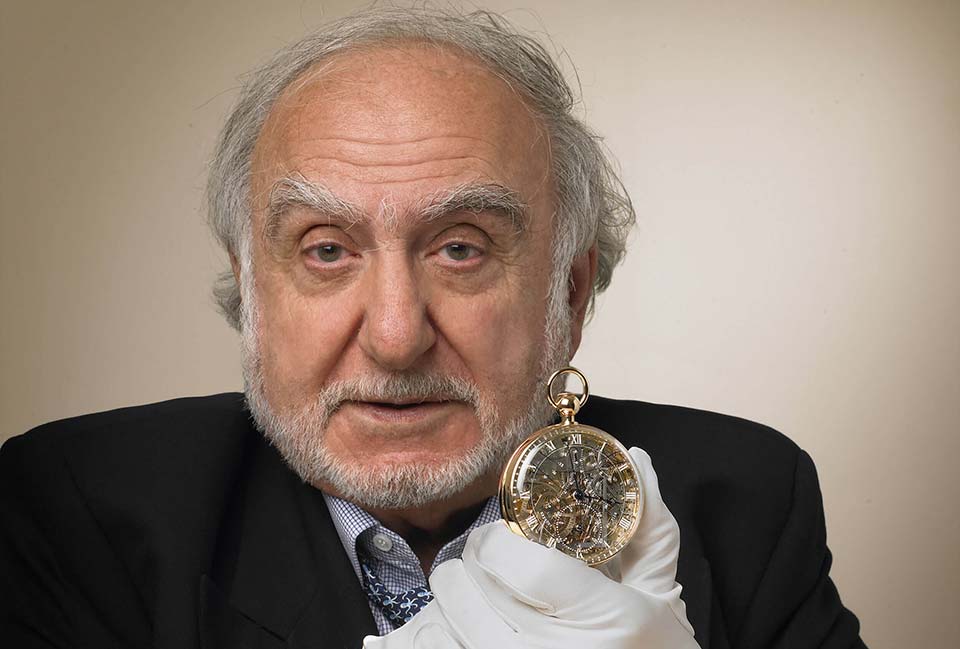
The continuation of the history of the “Marie Antoinette watch” was by no means cloudless. David Salomons' daughter, who inherited #160, donated them to the L.A. Mayer Institute of Islamic Art, founded by her, in Jerusalem. On April 15, 1983, that is, exactly two hundred years after the date of receipt of the order appearing in the legend, a certain Naaman Diller, having learned that the alarm system of the museum exposition of the Mayer Institute was faulty, stole over a hundred watches and paintings from there, including the “Marie Antoinette watch ".
Oddly enough, the thief was aware of the historical value of the stolen, and therefore did not even try to sell it. Which, by the way, helped him get out of the landing when the Israeli police could not trace the stolen items. He kept everything until his death, and only in 2006 did his successor attempt to return the stolen items for some reward. As a result of the ensuing negotiations, in August 2007, almost all of the stolen items were returned to the Mayer Institute, including #160.
The Marie Antoinette watch, the most complicated pocket watch of its time and still one of the most complicated pocket watches in the world, is currently valued at $30 million. Nicholas Hayek, head of the Swatch Group corporation and president of Breguet (since 1999 owned by the Swatch Group), in 2004 instructed the brand's watchmakers to reproduce the disappeared masterpiece. Fortunately, they had at their disposal the results of his technical research, which was carried out by George Daniels, the famous independent watchmaker and author of the book The Art of Breguet. The watch, which received the designation "1160", was ready and presented to the public in the spring of 2008, after the return of their historical prototype took place.
4. The lost tip of Breguet's watch hand
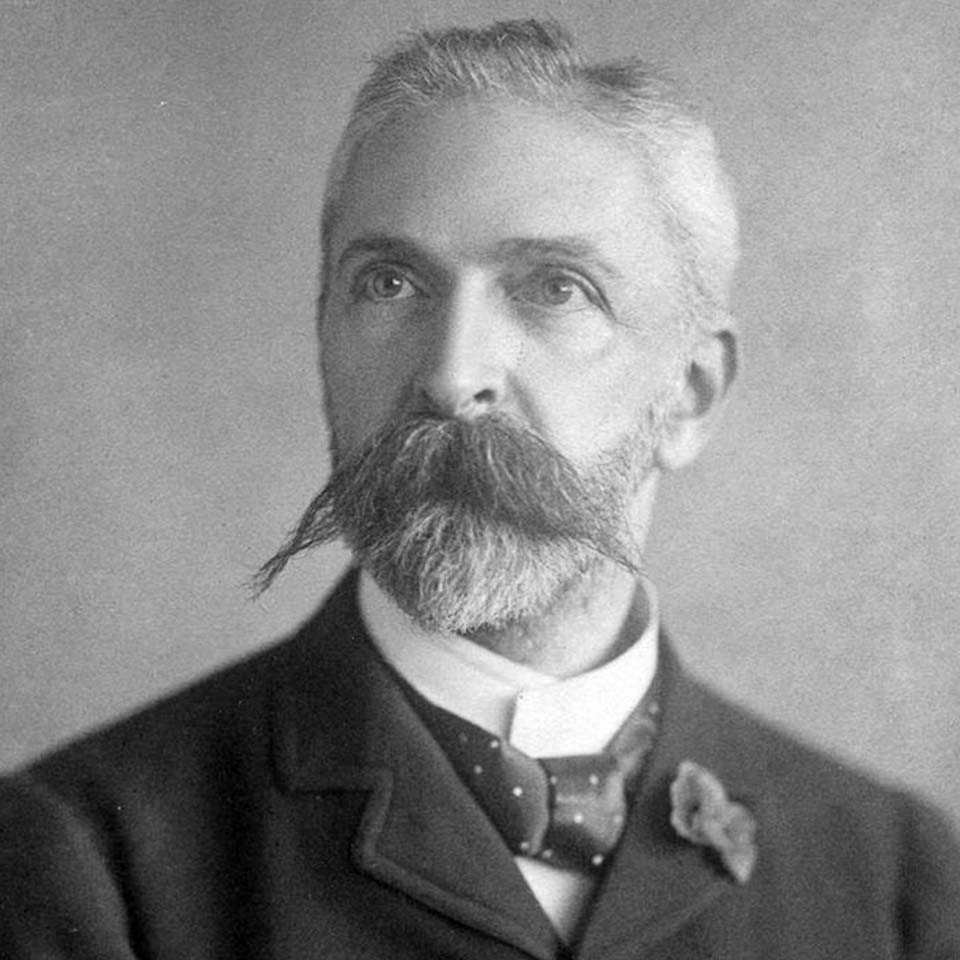
This story was once told by David Salomons himself, a prominent collector of Breguet watches. Having bought one of the pieces, he proceeded to inspect the clock, perhaps cleaning it as well - antique clocks usually need this. At some point, Salomons felt pain in his finger, but did not attach any importance to this. Then, completing the inspection of the watch, he discovered with considerable disappointment that the arrow was damaged - it had no tip.
Well, this happens with old watches - an unfortunate fact, but this is not the most unpleasant problem possible. Then, a few days later, Salomons had an abscess on his finger. What was his surprise when he found that the abscess was caused by the broken tip of the same arrow that had stabbed his finger. The tip was removed, washed and soldered to the hand - the watch returned to its original good condition.
5. Watch style "remember death"

Skull clocks are by no means an invention of the modern era. The skull-shaped pendant watch is believed to have become popular since the second half of the 16th century. Their message in those days was read unmistakably: memento mori - "remember death." According to legend, the most famous clock of the skull figure belonged to Mary Stuart, Queen of Scots, who, before her execution in 1587, bequeathed it to her lady-in-waiting, Mary Seaton.
Alas, the further fate of this watch is unknown, however, there are no reliable confirmations of this legend. According to information published in the 19th century, in particular in the book Historical and Literary Curiosities by Charles John Smith, the clock was made by the master Moise à Blois around 1560.
6. From the fight for the watch straight to the history of the advertising business

Advertisers in the glamor business almost never take on unpleasant stories, and in vain - this was shown in 2010 by Jean-Claude Biver, then head of the Hublot brand, and one of his clients, Formula 1 boss Bernie Ecclestone. The latter was robbed and beaten in Knightsbridge, in the center of London, pretty much spoiling his face and taking away a valuable Hublot watch.
How can you turn negativity to your advantage? Ecclestone immediately sent Hublot a photo of himself with a terrible bruise over his eye, and Beaver arranged for the publication in the International Herald Tribune and the Financial Times of a Hublot advertisement that used this photo, accompanied by the words: "Look what people are willing to do for Hublot watches." Ads are certainly memorable - how often does this happen with ads that we see every day?
7. Maritime disaster for the glory of watchmaking

There is a famous story about the Longitude Act, a law of the English Parliament passed in 1714. Under this law, monetary rewards were established, intended for developers of a simple and practical method for accurately determining geographic longitude. This law served as a serious impetus for the development of precision marine chronometers by watchmakers, which significantly advanced watch technology.
The direct cause of the passage of the Longitude Act was a maritime disaster in Scilly, which happened shortly before, in 1707. Then, due to the inability to accurately calculate the coordinates in stormy weather, errors in maps and imperfect compasses, the Royal Navy of Great Britain lost four ships in a crash near the Scilly archipelago. It is believed that between 1400 and over two thousand sailors died there. By the way, the Longitude Act was adopted during the reign of Queen Anne Stuart, the great-great-granddaughter of Mary Stuart.
8. Shocking the clientele is a profession
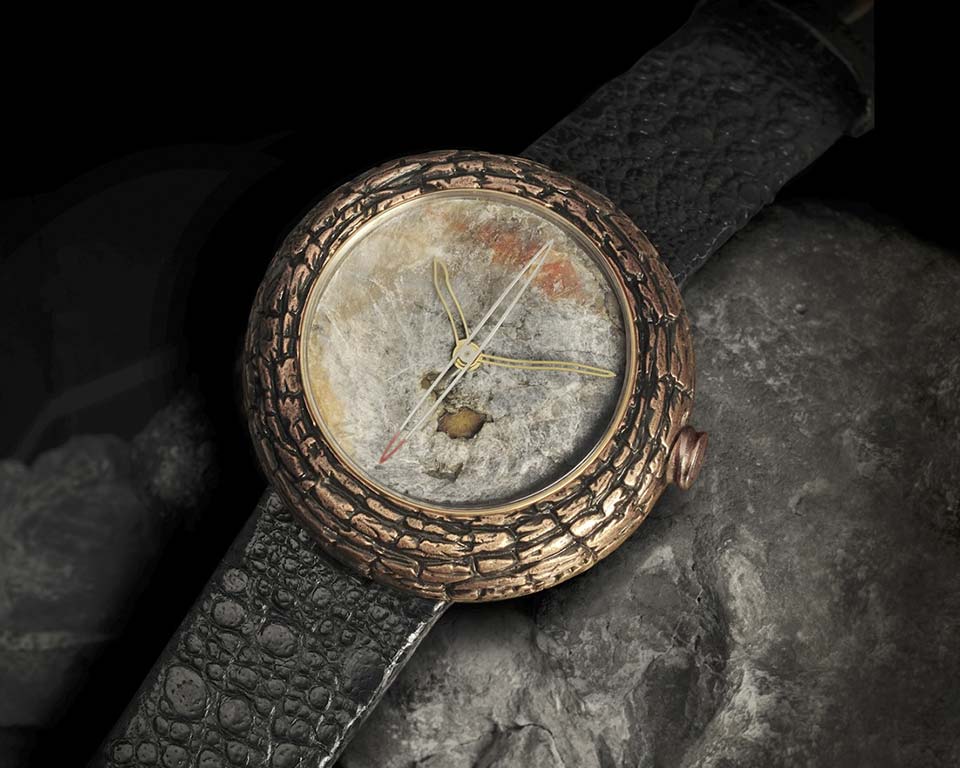
Ivan Arp, entrepreneur, watch designer and founder of the Artya brand, can be called an outstanding conceptual artist of contemporary watchmaking. In his work, he does not stop at conventions. For the Romain Jérôme brand - during the period when he headed it - he invented a watch with a rim of rusted steel, which included the metal of the Titanic. The watch was called so - Titanic-DNA.
After leaving Romain Jérôme, he launched the Artya brand, where he continued to shock the public. For example, watches with a dial made from fossilized dinosaur excrement, or watches whose dial was painted with his own blood. Indeed, shocking the clientele is his profession.
9. Erotica in hours? It happens

Watches decorated with shocking erotic scenes, including moving, animated compositions - a long tradition of watchmaking. Now, in times of easy access to this topic using the Internet, such watches rarely appear. But still this topic has not disappeared from watchmaking. Again, according to tradition, modern watchmakers tend not to put such compositions on display, and somehow hide them so that only the owner of the watch knows about their erotic ins and outs.
Genevan watchmaker Svend Andersen is a famous master of collectible erotic watches. He creates models with calm classic dials that do not hint at any erotic secret, and hides a mechanical animated scene on the back of the watch, under a transparent cover. The animation mechanism is spring-loaded and triggered by pressing a button.

